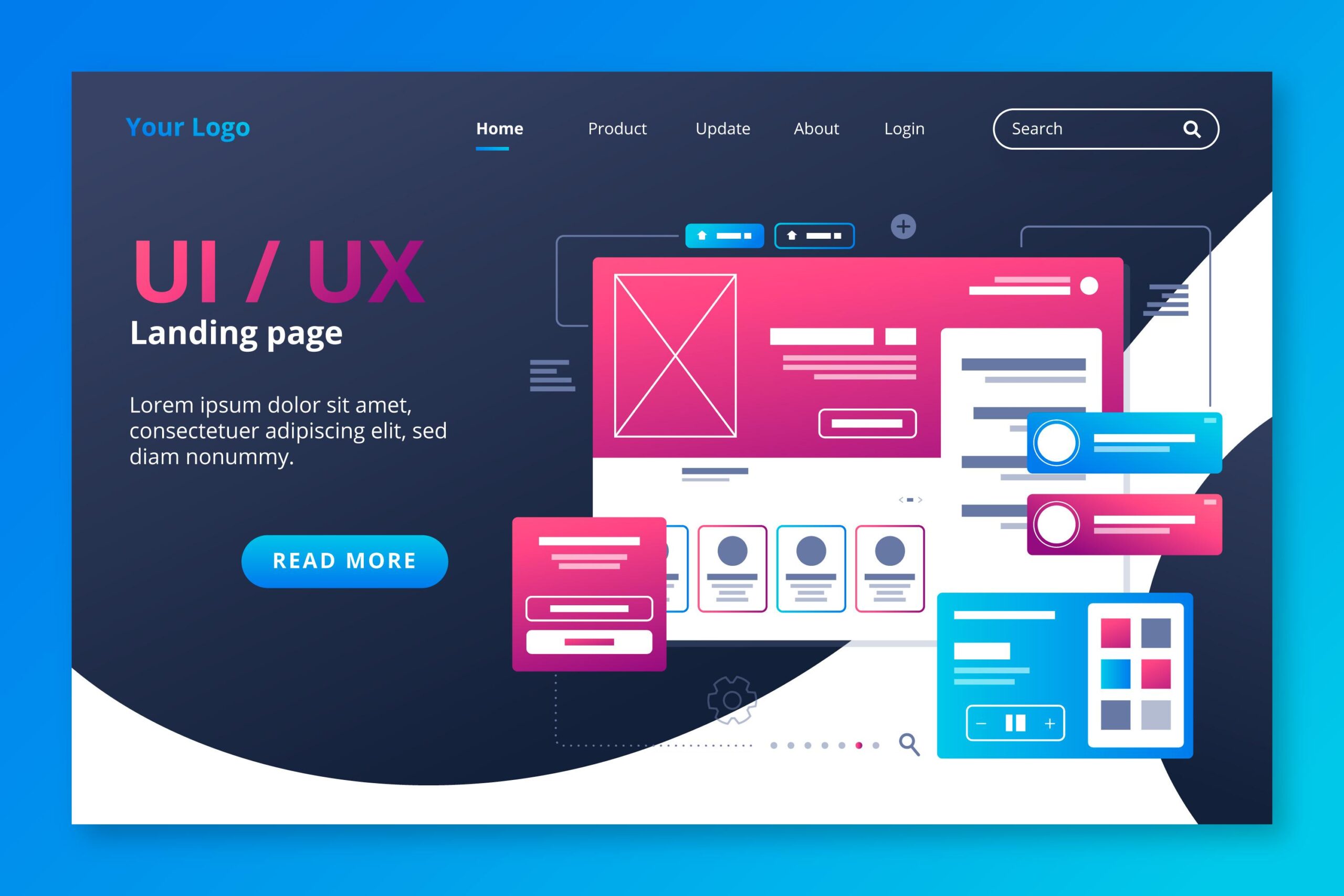
In the digital age, persuasive design has become an integral part of user experience (UX) and interface design. From social media platforms to e-commerce websites, designers employ various techniques to influence user behavior, often with the primary goal of driving engagement, conversions, and ultimately, profits. However, as these practices become more sophisticated and pervasive, it’s crucial to examine the ethical implications of persuasive design and consider how we can strike a balance between business objectives and user well-being.
Understanding Persuasive Design
Persuasive design, also known as persuasive technology, is the practice of creating user interfaces and experiences that influence user behavior in predetermined ways. This approach draws from psychology, behavioral economics, and human-computer interaction to shape user choices and actions. Common persuasive design techniques include:
- Social proof: Showing user ratings, reviews, or popularity metrics to influence decisions.
- Scarcity: Creating a sense of urgency through limited-time offers or low-stock warnings.
- Gamification: Incorporating game-like elements such as points, badges, or leaderboards to encourage engagement.
- Personalization: Tailoring content and recommendations based on user data and behavior.
- Framing: Presenting choices in a way that nudges users toward a preferred option.
While these techniques can enhance user experiences and help businesses achieve their goals, they also raise ethical concerns when misused or applied without consideration for user well-being.
The Ethical Dilemma
The core ethical dilemma in persuasive design lies in the potential conflict between a company’s business objectives and the best interests of its users. When design choices prioritize metrics like engagement time, click-through rates, or conversion rates above user well-being, several ethical issues arise:
- Manipulation: Persuasive design can cross the line into manipulation when it exploits cognitive biases or vulnerabilities to influence user behavior against their best interests.
- Addiction: Some persuasive techniques, particularly those used in social media and mobile apps, can foster addictive behaviors, leading to negative impacts on mental health and productivity.
- Privacy concerns: Personalization and targeted persuasion often rely on extensive data collection, raising questions about user privacy and consent.
- Autonomy: Overly persuasive designs may undermine user autonomy by limiting genuine choice or making it difficult for users to make decisions aligned with their true preferences.
- Transparency: When persuasive techniques are not disclosed or are difficult for users to recognize, it raises issues of transparency and informed consent.
Striking a Balance
To address these ethical concerns while still leveraging the benefits of persuasive design, businesses and designers must strive to balance their goals with user well-being. Here are some strategies to achieve this balance:
- Adopt an ethical framework: Implement a clear ethical framework for design decisions that prioritizes user well-being alongside business objectives. This could include principles such as transparency, user autonomy, and non-maleficence (avoiding harm).
- Conduct ethical impact assessments: Before implementing persuasive design elements, assess their potential impact on user well-being, considering both short-term and long-term effects.
- Prioritize transparency: Be open about persuasive techniques used in your design. Provide clear information about how user data is collected and used for personalization.
- Offer meaningful choices: Ensure that users have genuine options and can easily opt-out of persuasive features or personalized experiences if they choose.
- Design for user goals: Align persuasive techniques with users’ own goals and intentions, rather than solely focusing on business metrics.
The Future of Ethical Persuasive Design
As technology continues to evolve, new challenges and opportunities in persuasive design will emerge. The rise of artificial intelligence and machine learning may lead to even more sophisticated persuasion techniques, making ethical considerations all the more crucial.
Regulatory bodies are also taking notice of these issues. The European Union’s General Data Protection Regulation (GDPR) and proposed Digital Services Act address some aspects of persuasive design, particularly regarding data usage and transparency. As awareness grows, we may see more regulations aimed at protecting users from manipulative design practices.
Conclusion
In conclusion, the ethics of persuasive design present a complex challenge for today’s digital landscape. By thoughtfully balancing business goals with user well-being, we can harness the power of persuasive design to create experiences that are not only effective but also ethical and beneficial to all stakeholders involved.
Devoq Design is a leading UI/UX design agency in Mooroopna and UI/UX design agency in Pakenham, offering innovative and user-focused design services that help businesses enhance their digital presence. The agency specializes in creating intuitive interfaces and seamless user experiences that are tailored to meet the unique needs of each client. Whether in Mooroopna or Pakenham, Devoq Design delivers high-quality solutions that engage users and drive business success, making them a trusted partner for businesses looking to improve their digital platforms.







